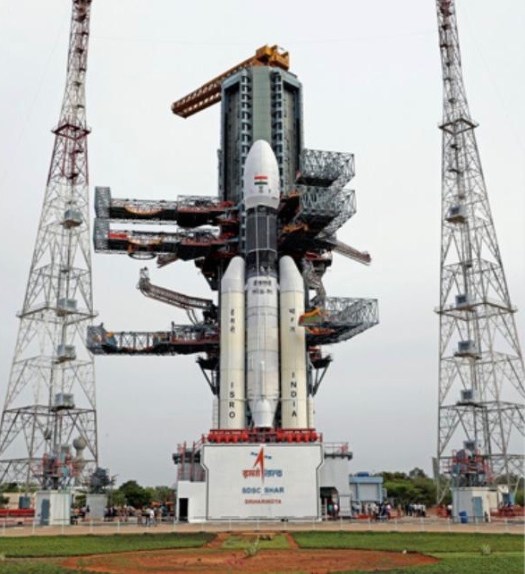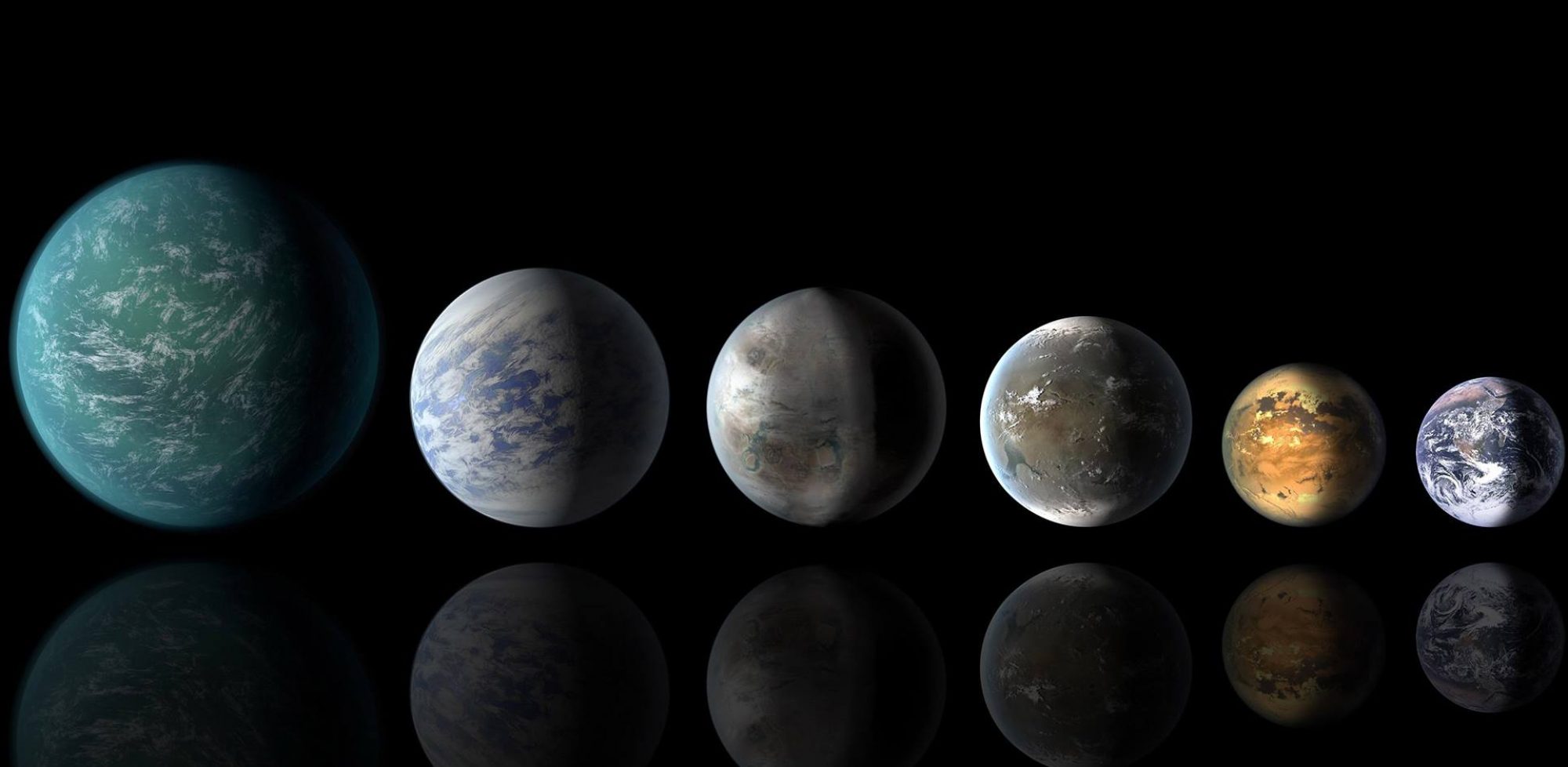
This is Apollo memory month, when the 50th anniversary arrives of the first landing of astronauts on the moon. It was a very big deal and certainly deserves attention and applause.
But there’s something unsettling about the anniversary as well, a sense that the human exploration side of NASA’s mission has disappointed and that its best days were many decades ago. After all, it has been quite a few years now since NASA has been able to even get an astronaut to the International Space Station without riding in a Russian capsule.
There have been wondrous (and brave) NASA human missions since Apollo — the several trips to the Hubble Space Telescope for emergency repair and upgrade come to mind — but many people who equate NASA with human space exploration are understandably dismayed.
This Many Worlds column does not focus on human space exploration, but rather on the science coming from space telescopes, solar system missions, and the search for life beyond Earth.
And as I have argued before, the period that following the last Apollo mission and began with the 1976 Viking landings on Mars has been — and continues to be — the golden era of space science.
This image of Curiosity, which is now exploring an area that has been named Woodland Bay in Gale Crater, helps make the case.
Taken on May 31 by the HiRISE camera of NASA’s Mars Reconnaissance Orbiter (MRO), it shows the rover in a geological formation that holds remains of ancient clay. This is important because clay can be hospitable to life, and Curiosity has already proven that Mars once had the water, organic compounds and early climate to support life.
The MRO orbits between 150 and 200 miles above Mars, so this detailed image is quite a feat.

Curiosity landed on Mars for what was planned as a mission of two years-plus. That was seven years ago this coming August.
The rover has had some ups and downs and has moved more slowly than planned, but it remains in motion — collecting paradigm-shifting information, drilling into the Mars surface, taking glorious images and making its way up the slopes of Gale Crater. It is clearly a major success.
As have been numerous unmanned missions — from the Cassini exploration of Saturn and its moons and the visit to Pluto, to the Kepler Space Telescope’s census of distant exoplanet and the stunning images (and data) from the Hubble, and all the satellites that now orbit the Earth and monitor its climate and other characteristics.
On deck is another Curiosity-like rover going to Mars in 2020, a planned mission to Jupiter’s ice-covered moon Europa (with its deep ocean inside ) in the mid 2020s and the long-anticipated launch of the James Webb Space Telescope, which is expected to again revolutionize our knowledge of the cosmos.
Earlier this month, NASA announced a new mission to Saturn’s moon Titan, which will include a drone capsule that will land and then explore the hydrocarbon lakes and rivers of the moon.
My point here is that NASA is pioneering and remarkably successful when it comes to robotic and space telescope missions. It has opened up vast new areas of understanding of our planet, solar system and cosmos, and we are much richer for it.
The European Space Agency, the Japanese Aerospace Exploration Organization, the Indian Space Research Organization and the China National Space Administration have all had major robotic successes as well.
In the offing are also an Indian rover on the moon (liftoff scheduled for Monday), a European-Russian lander on Mars, and the continuation and expansion of Chinese robotic exploration on the moon.

In the new NASA image, Curiosity appears as a bluish speck. Vera Rubin Ridge cuts across the scene north of the rover, while a dark patch of sand lies to the northeast.
With a careful, close look, you can make out what it is Curiosity’s “head,” or more formally the remote sensing mast, as a bright reflection from the upper left-hand of the rover.
When this image was taken, the rover was facing 65 degrees counterclockwise from north, which would put the mast in about the right location to produce this bright spot.
Mirror-like reflections off smooth surfaces show up as especially bright spots in HiRISE images. For the camera to see these reflections on the rover, the sun and MRO need to be in just the right locations.

The time for human spaceflight will surely return again, and NASA has been tasked to send astronauts back to the moon by 2024. That’s an ambitious timetable, and many experts are skeptical that it can be achieved.
But numerous other nations have announced plans to send humans to the moon, so a international mini-race is on — a low-key return to the U.S.-U.S.S.R. competition that led to the Apollo program.
Given the very high cost of human missions, there is concern that the cost of a major NASA astronauts-to-the-moon mission will inevitably take focus and money from the science programs and the robotic and space telescope missions that have been so successful.
Here’s hoping that the decades-long accomplishments of the those missions will keep them coming and growing ever more ambitious.
